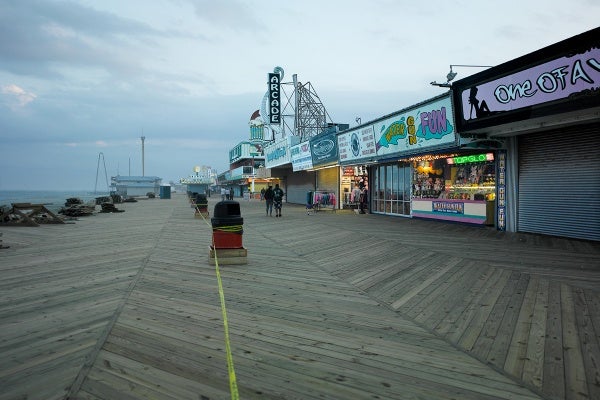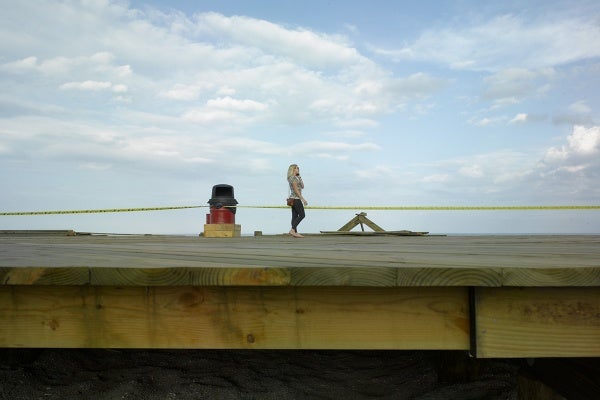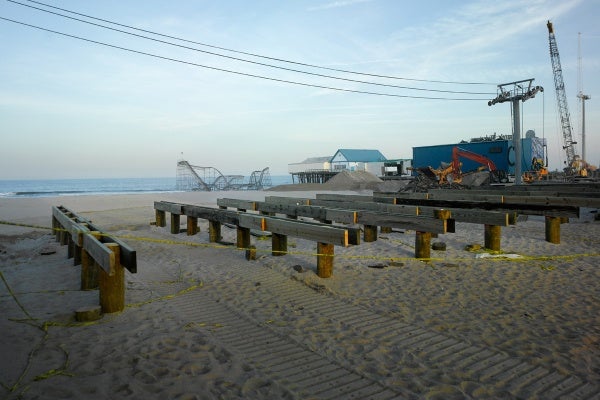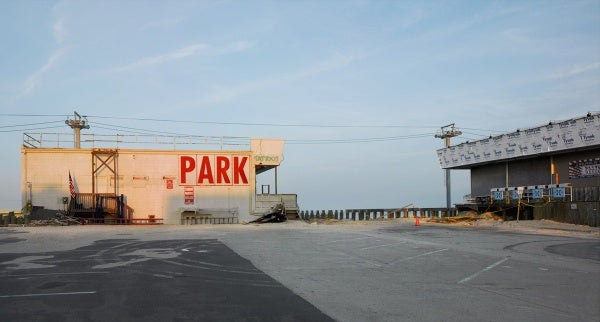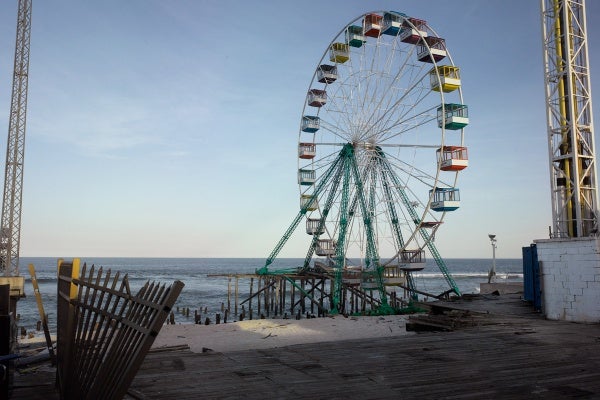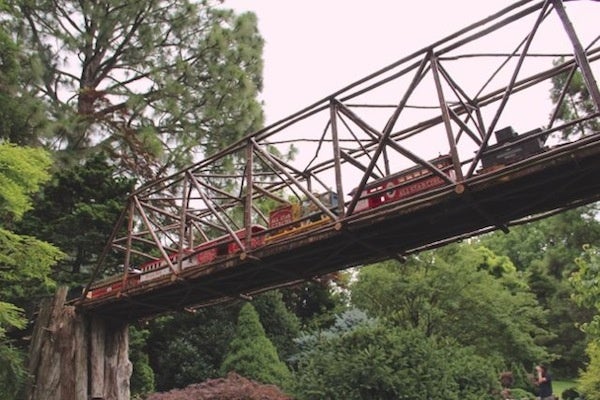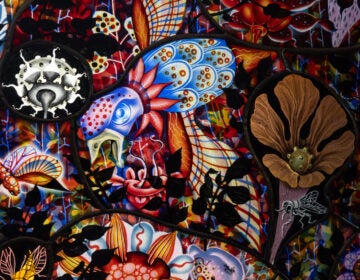‘Garden Railway Circus Week’ at Morris Arboretum pays tribute to Philadelphia’s circus history
What was once a tranquil bonsai garden is now Morris Arboretum’s bustling railway attraction featuring circus carts. In 1998, Morris Arboretum director, Paul Meyer, decided to add a garden railway after he visited the New York Botanical Garden’s railway.
Meyer commissioned Paul Bussey of Applied Imagination to construct the tracks at Morris Arboretum. What started as a modest railway with three tracks and one trolley has grown to 16 tracks with an expansive collection of trains and trolleys.
Iana Turner, the horticulturalist who heads up the section of the arboretum where the railway is located, noted how the railway has spiced up the “sleepy” botanical garden. Within the first year, the railway helped attract more members and visitors to Morris Arboretum.
Turner noted that Philadelphia’s rich circus history makes the arboretum a particularly appropriate place for the exhibit. In 1793, John Bill Ricketts introduced the circus to American audiences in Philadelphia. The circus included horse riding, tightrope walkers, jugglers and musicians. The over-the-top entertainment even attracted then-president George Washington.
Turner explained that circuses and train history are closely related. Trains were the easiest way for circus troops to travel with large animals and equipment at an affordable price. Some circus troops still use trains to get around today.
Outside of Philadelphia’s circus history, many Americans have family histories related to working on the railroad. Turner’s own grandfather worked for the Baltimore & Ohio Railroad.
“It’s an interesting exhibit for adults and children. Grandparents can make connections with grandkids because that’s history from their generation,” Turner said.
The structure of the railway accommodates children and adults since it’s built into the landscape. Rather than only running along the ground at a child’s eye-level, the tracks sit between bushes and trees, at various heights.
According to Turner, the railway thrives from train donations from arboretum members that collect model trains as a hobby. The train master and arboretum volunteers ensure the trains are running smoothly by trimming plants and keeping the tracks clean.
Although the trains are the main attraction, they’re still surrounded by a lush garden, boasting rare plants and trees like the Dawn-Redwood Bonsai that was thought to be extinct in the 1940s. The ponds and small waterfalls maintain a piece of the garden’s original serenity that parents can certainly appreciate.
Katherine Rapkin who recently visited the arboretum and garden railway for the first time with her son, sister and mother, saw the garden as unique place for children to play because they can take time to observe the plants and trains in an environment that’s not as crowded and fast-paced as other children’s activities.
“The kids are so fascinated,” Rapkin said. “Because it’s so spread out, you can focus on one thing at a time. It allows for more examination which is something you relish.”
Children can also participate in circus-related activities and trivia games to learn more about circus history and superstitions like that performers consider whistling bad luck and believe it’s better to step into the ring with their right foot first.
The circus trains will be on display at Morris Arboretum in Chestnut Hill until July 6, from 10 a.m. to 4 p.m. during the week, and 5 p.m. over the weekend. The arboretum will be open until 8:30 p.m. on July 4. The collection will reopen for Labor Day weekend.
WHYY is your source for fact-based, in-depth journalism and information. As a nonprofit organization, we rely on financial support from readers like you. Please give today.



